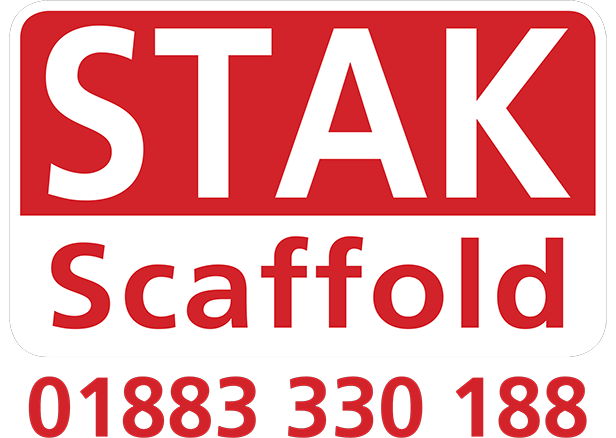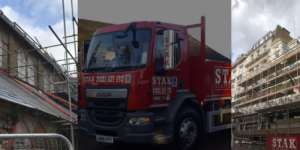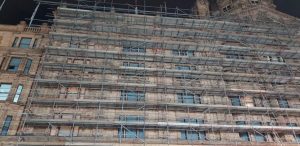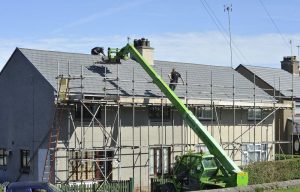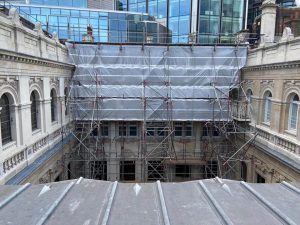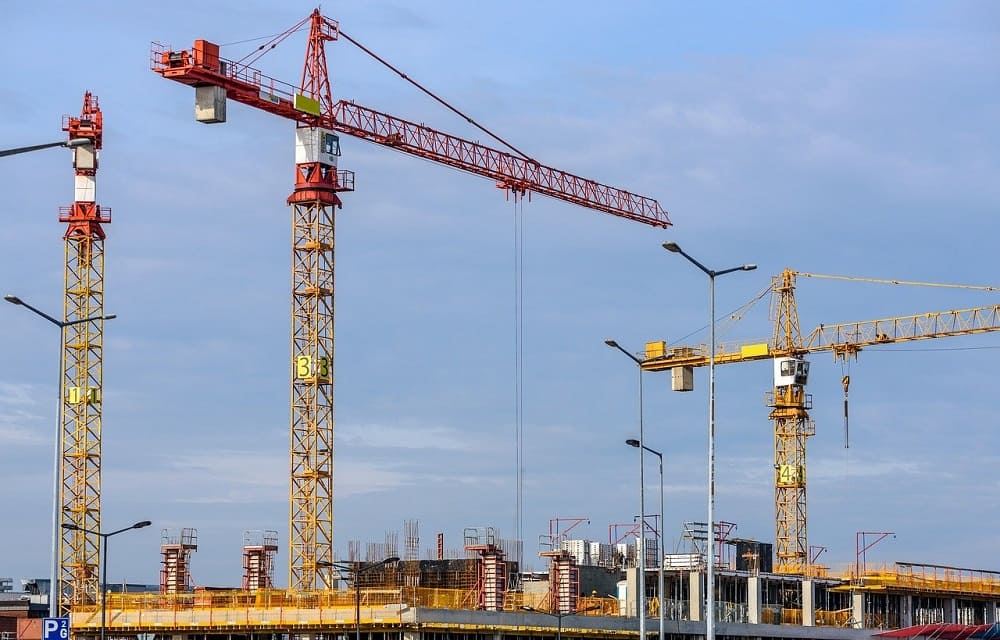
Scaffolding structures are an important part of every large-scale construction project. While erecting scaffolds, the project managers conduct thorough inspections to ensure whether the safety measures are intact. Working on the scaffold at such a great height is extremely dangerous. The workers have to trust in the strength and stability of the structure to avoid dangerous accidents.
The inspections of the Scaffolding in Sussex is, therefore, a very crucial requirement. Only trained and competent individuals with valid certifications should perform this job to supervise scaffold operations. They will check the rigidity and quality of all the materials used to safeguard the workers to the maximum.
Information Needed for Scaffold Inspection
A scaffold inspection is a close examination of the scaffold erection to check whether it is safe to use by the workers and passersby. They inspect the structure every week to confirm whether it is safe to commence and continue work. If they identify any potential threat factors, then the structure is immediately dismantled.
The inspectors should prepare a report mentioning all the vital information such as –
- The name and address of the person who needs the scaffolding
- The name and position of the inspector
- Date, Time and Location of the inspection
- Description of the place of inspection and the construction project site
- The risks and details of the defect
- Details about the actions taken to remedy the problems
- Details of any other further, necessary action
Who Can Carry Out a Scaffold Inspection?
As per the HSE guidelines, only a competent and knowledgeable person with training and experience is appropriate for this task. They should be capable of rightfully inspecting the category and complexity of the scaffold. In many cases, the scaffold manufacturing company provide scaffold inspection services; however, you can also hire independent scaffolders to complete that position.
You can inspect a simple, basic scaffold structure if you have attended the CISRS scaffold inspection course. For a complex structure, you have to undergo the advanced CISRS Scaffold Inspection training.
Scaffold Design
The rules require a scaffold assembling according to the standardised regulatory configurations. The manufacturers must design it after bespoke calculations to reach the desired level of durability, strength and ease of dismantling.
You can create a successful scaffold structure by providing all this relevant information of the manufacturers –
- location and site details
- time for which you need the scaffold
- type of scaffold which you need
- height, length, maximum boarding capacity
- access to the scaffold via ladders or staircases
- need for external ladders, netting, brick guards, sheeting
- whether there are scaffold building restrictions
- designing of additional elements like loading bays, beamed bridges etc
- provisions for pedestrian walkway, tie locations restrictions, provision for mechanical handling plant like a hoist etc
- nature of the supporting structure etc
- restrictions which can affect alteration, dismantling and erection
- reference number and other data for recording and cross-checking information
The scaffold inspections should follow this routine-
- following proper instructions for installation before using it at first
- checks after an interval of every 7 days
- liable factors which can jeopardise the safety of the installation like high blowing wind and or electrical lines etc
For more information, consult Stak Scaffold for high standard domestic and commercial scaffold service.
